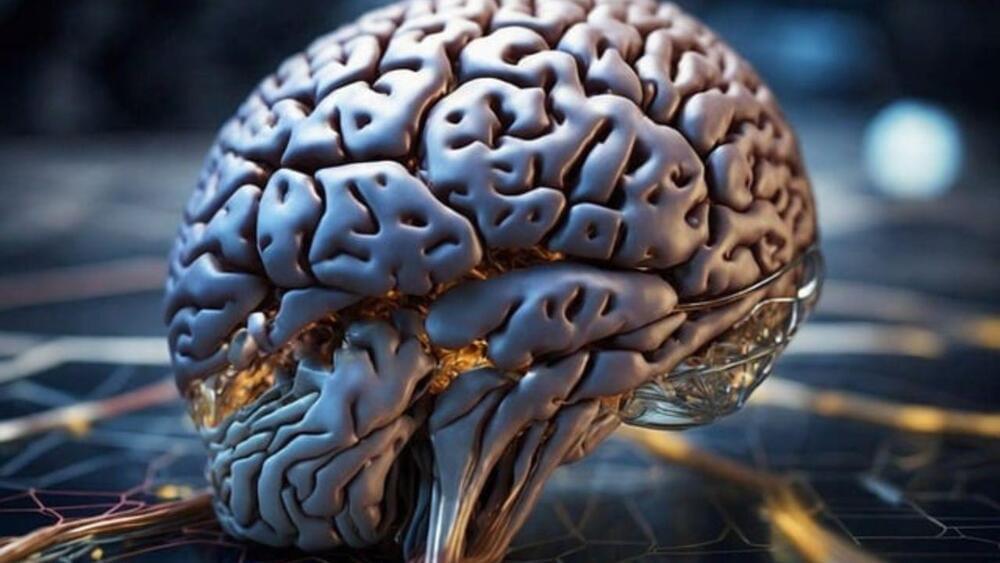Notably, when implanted into mouse brains, the printed cells showed both structural and functional integration with the host tissue.
“Our droplet printing technique provides a means to engineer living 3D tissues with desired architectures, which brings us closer to the creation of personalised implantation treatments for brain injury,” said Dr Linna Zhou, senior author of the study.
The researchers now aim to further evolve their technique and create complex multi-layered cerebral cortex tissues that can mimic the human brain’s architecture in a more realistic way. Beyond brain injuries, these 3D-printed cells could benefit drug evaluation and our knowledge on brain development and cognition.










Comments are closed.